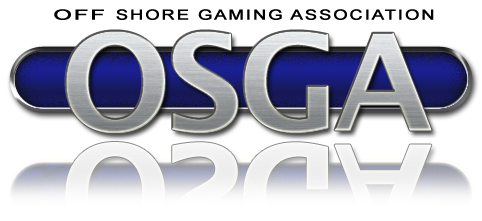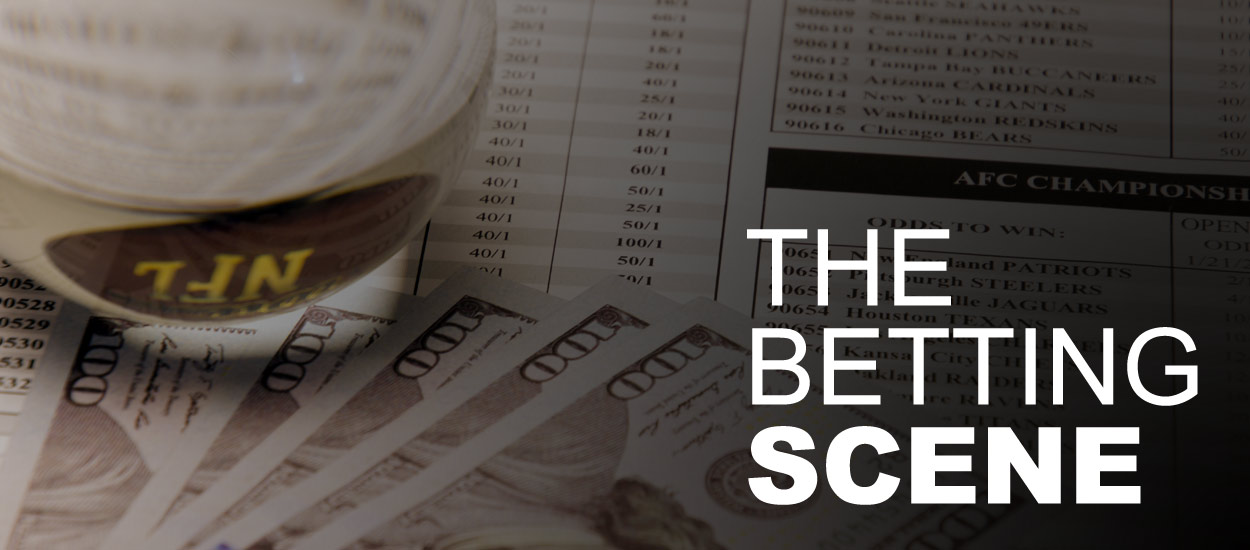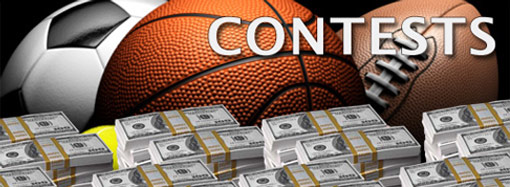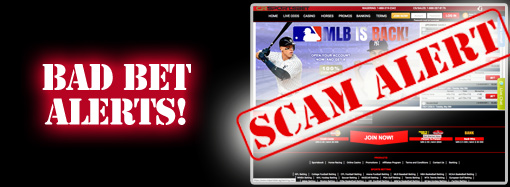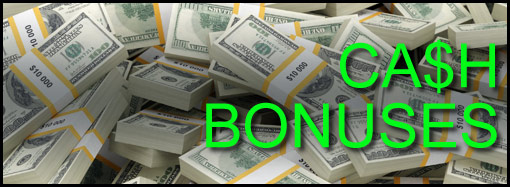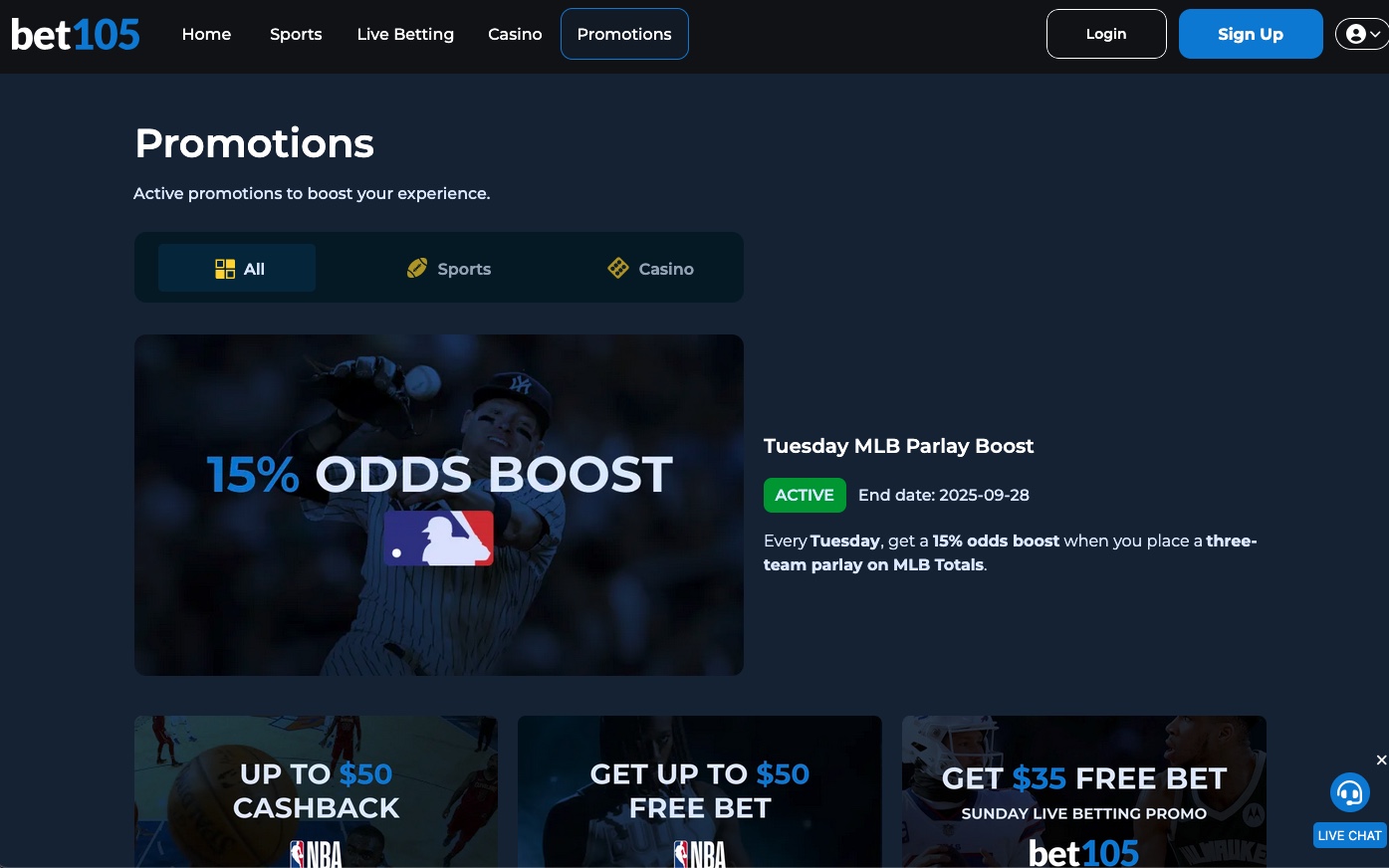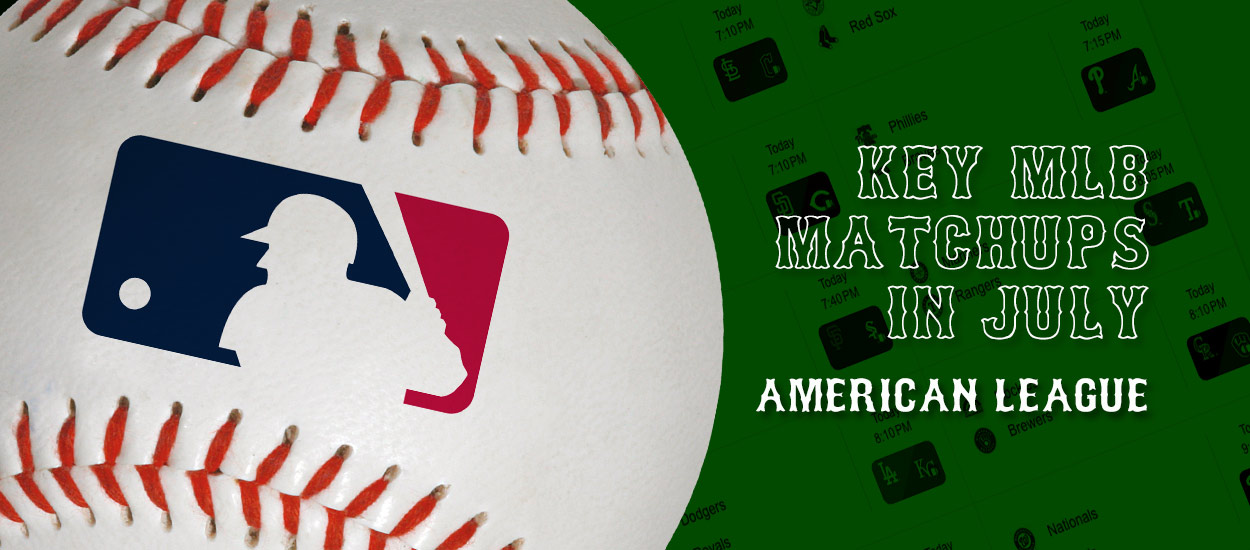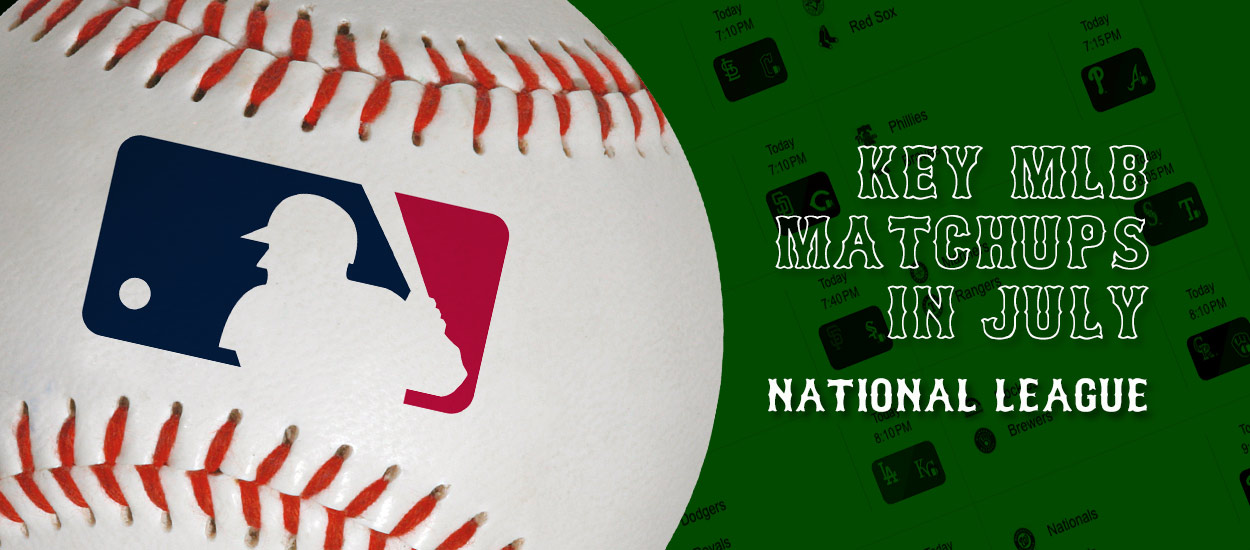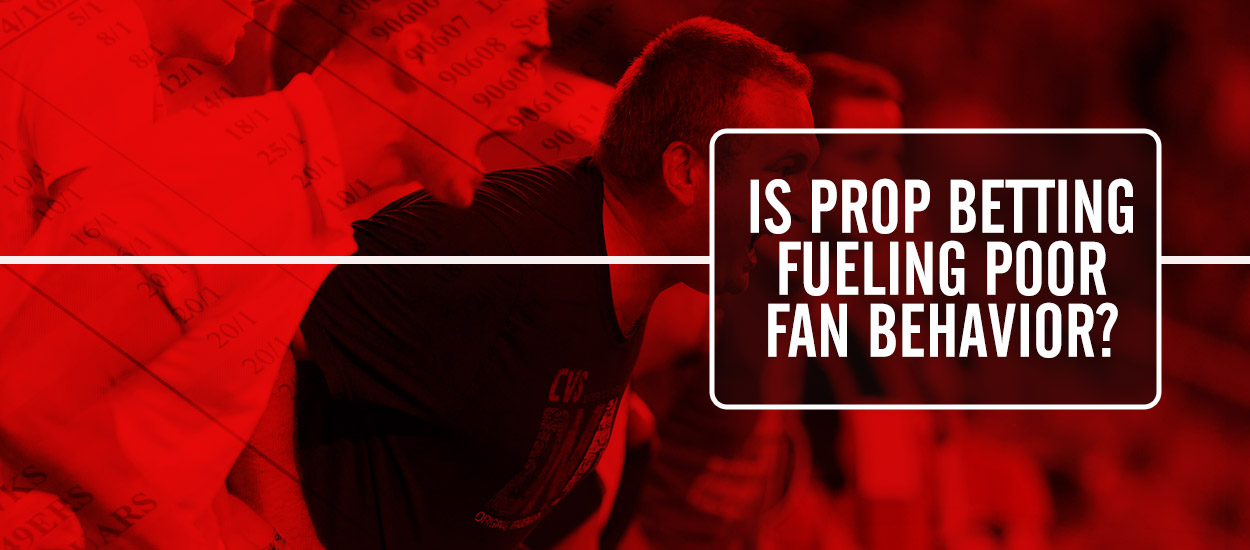In a recent article, I reviewed big betting favorites and if the time was ever right to lay -220 or greater in Major League baseball. Now we'll take a look at betting the run line and how you can profit by turning a bigger favorite into an underdog bet while reducing risk. We'll also examine and identify inflated favorites and provide tips on how to avoid them and potential run line losses.
Over the past seven years, MLB games have been consistently decided by two or more runs 70% of the time. Through the opening quarter of the season, it was just slightly higher despite a scoring decline through the first month of the season. In April alone, the red hot Cubs had 19 of their 22 games decided by two or more runs. Over the past decade, home teams win 1-run games about 17% of the time.
Before you lay a big favorite and consider the run line, you must understand the calculations and chances of winning. You can get these in calculation tables, and I've shown one below to convert a game moneyline and run line to a percentage chance of winning.
Say the Cubs are a -220 favorite with ace Arrietta on the mound. The no-vig moneyline for Chicago is (-220-202)/2 = -422/2 = -211. This suggests the Cubs will win (211/312) * 100 or 67.9% of the time.
Similarly, the no-vig run line price is -105 for Chicago which is again calculated as (-109-101)/2 = -210/2 = -105. This suggests that the wager on the Cubs -1.5 on the run line will win (105/205) * 100 = 51.2% of the time.
Last year's National League Cy Young award winner Jake Arrieta is dominating again this season. He's the most profitable starting pitcher in baseball as the calendar turns to June. Arrieta is 9-0 and the Cubs have won all ten of his starts while producing 10-units of profit with three of those games priced above -220. Chicago has won eight of his 10 starts by two or more runs, so run line bettors with the Cubs have profited greatly, with Chicago scoring four or more runs in all ten of his starts, while averaging a remarkable 8.1 runs per game in Arrieta's 10 starts. The price moving forward will clearly be prohibitive when betting on Arrieta and the Cubs, but with his dominance and the right match-up, you can lay 1.5 runs on the run line and hope the Cubs continue to crush with their ace on the mound.
Another dominating starter and former NL Cy Young winner is also producing eye-popping stats this season. The Dodgers have won nine of Clayton Kershaw's ten starts, and he's produced a profit of nearly 6-units. In six of those starts, the Dodgers have been laying at least -250, and four of the wins have come by 1-run, so run line wagers have not been profitable.
Run line bettors are going against the slight house edge but reducing risk by not laying a big price. But you must still find the most favorable match-up whether home or road both on the mound and at the plate, and know that the additional metrics can help you when determining whether to lay a big price on a pitcher or match-up.
Here's an example from May 26 that I know many handicappers and bettors fell victim in supporting the red hot bats of Boston.
The first place Red Sox had won 24 of their 27 wins by 2-or-more runs including 15 of 18 at Fenway Park and they continue to be the top hitting team in the American League. The Red Sox were laying -165 at home with Clay Buckholz on the mound against the struggling Rockies. At Fenway Park, Boston entered the contest on a 13-2 run averaging 8.8 runs per game. Bettors have been expecting a bounce back from the slow start of Buckholz, but it hasn't happened and they got burned in the Rockies 8-2 road win, as Colorado battered Buckholz for six runs and three home runs in 5.0 innings. He entered with a record of 2-4 with a 5.92 ERA and .801 OPS. Add in 24 BB in 52 innings and a poor ground ball/fly ball/line drive profile and all the red flags and caution signs were flashing if you were considering betting on Buckholz and Boston. It's clear Buckholz hasn't been the same since he suffered an elbow injury last July which put him on the shelf for the rest of the season.
Yet it looked so easy with the red hot Red Sox and their big bats at home.
Of course you were going to be taxed and lay a bigger price since the combination of Boston's strong scoring and run at home, and the Rockies 1-6 slide with just 22 runs scored dictated an inflated line. Combined with a 5-25 record on the inter-conference road in their last 30 games and starting pitcher Jonathan Gray allowing nine runs in less than four innings last time out, and it seemed like an easy Red Sox win was forthcoming for the series sweep.
I made the 'perception versus reality' play on Gray and took a stand with the value on the big 'Dog and supported Gray and the Rockies in the first five innings and the game. If you took a closer look at the under the hood stats of Rockies starter Jonathan Gray, you would have seen an xERA of 2.80. But bettors just see the actual ERA of 6.75 and don't understand that his skills and that huge differential suggests improvement. In fact, prior to Gray's last disaster start, he pitched 7.0 innings in back-to-back games against the first place Giants and Mets, and allowed just 2 runs on 6 hits with 13 strikeouts. You can avoid laying big and/or inflated prices like the Red Sox were spotting and laying off potential easy-looking run line plays (Boston was +125 on the RL) if you dig deeper below the surface stats and understand when there is true value on a underdog and the risk in spotting a big favorite with an unworthy pitcher and match-up.
Boston has been hot, and the expected b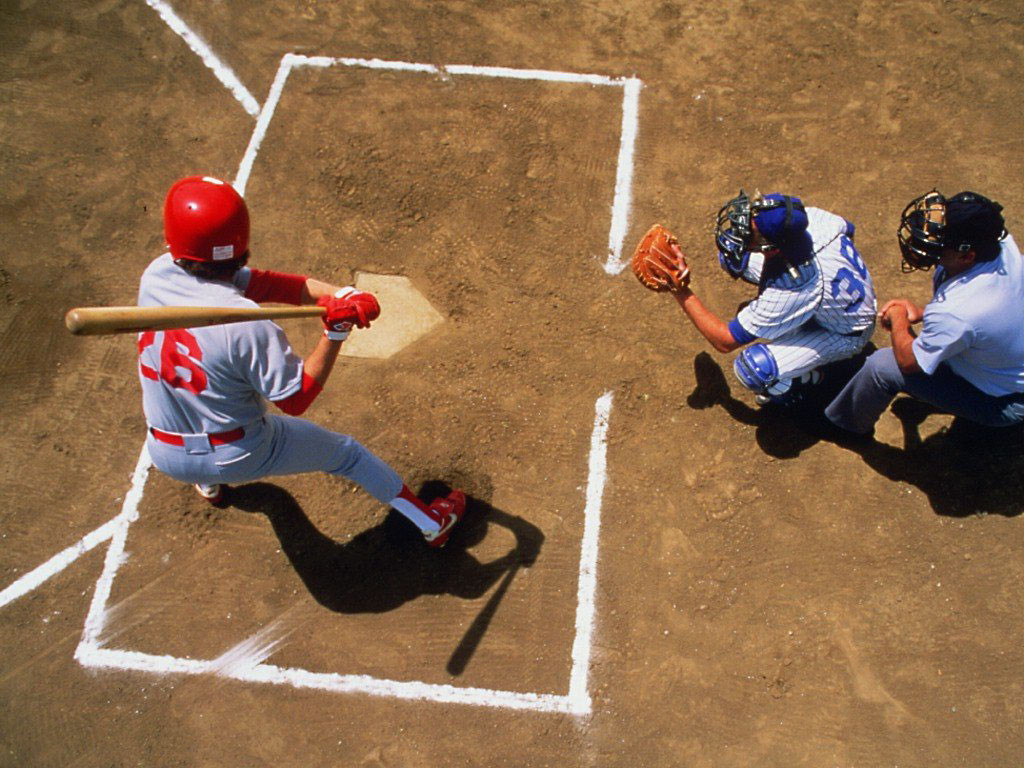 ig bats of Toronto have not. The Blue Jays powerful lineup that led the league in home runs last season is struggling at the plate this year. The Toronto Blue Jays are No. 14 in the American League hitting .233 with the third most strikeouts. The Blue Jays are slightly below .500, but this team still wins a high-percentage of their home games by 2-or-more runs. So instead of laying big prices pitching at home, the Blue Jays can often offer better value laying 1.5 runs on the run line. They figure to turn things around having lost five in a row at home and currently just 9-13 at the Rogers Centre, where they went 53-28 last season. The Blue Jays will have to break out the bats with division rivals Boston and New York coming to town to close out the month of May. Note that 88 of Toronto's last 109 home wins have been by 2-or-more runs with eight of their nine home wins this season by 2-or-more runs.
ig bats of Toronto have not. The Blue Jays powerful lineup that led the league in home runs last season is struggling at the plate this year. The Toronto Blue Jays are No. 14 in the American League hitting .233 with the third most strikeouts. The Blue Jays are slightly below .500, but this team still wins a high-percentage of their home games by 2-or-more runs. So instead of laying big prices pitching at home, the Blue Jays can often offer better value laying 1.5 runs on the run line. They figure to turn things around having lost five in a row at home and currently just 9-13 at the Rogers Centre, where they went 53-28 last season. The Blue Jays will have to break out the bats with division rivals Boston and New York coming to town to close out the month of May. Note that 88 of Toronto's last 109 home wins have been by 2-or-more runs with eight of their nine home wins this season by 2-or-more runs.
Remember that MLB is a game of parity, as nearly 90% of the teams will win between 40% and 60% of their games. Home teams usually win approximately 54% of their home games, yet through April home teams had a sub-.500 record at 174-180. So you should see that laying -220 or greater is not a solid percentage play, and what goes up must come down. The Cubs still sport the best record in baseball at 31-14, despite losing six of eight games in the past 10 days. Chicago is No. 6 in the league in profit but have produced less than 2-units of profit at home despite a 14-6 record.
So clearly laying big prices is often not worth the risk, and isolating the preferred match-ups and good form both on the mound and in the batter's box will help you identify more value plays and cash additional run line winners at reduced or plus prices.
FairwayJay is a leading national sports handicapper and is recognized as one of the sports industries most insightful analysts. Follow him on Twitter: @FairwayJay


